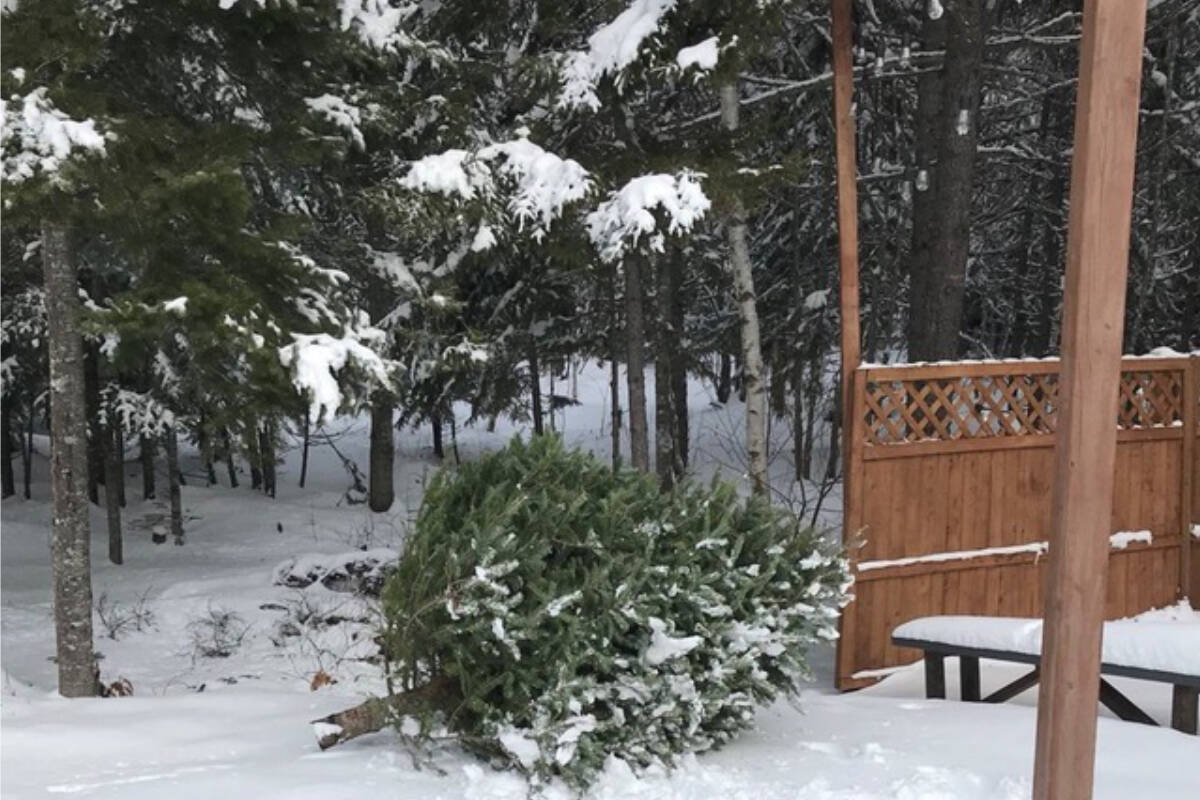As folks work their way through the leftover turkey and an ever-dwindling stash of Christmas treats, minds turn to the inevitable — when should the Christmas tree come down and what to do with it?
Traditional wisdom suggests the tree should be taken down no later than Jan. 6, otherwise bad luck could befall your household. For those who opted for a real tree this year, the Nature Conservancy of Canada says the trees can be good for bird populations.
Samantha Knight, Weston Family Science program manager for NCC, says leaving it in your backyard over the winter can provide many benefits for backyard wildlife. Your tree can provide important habitat for bird populations during the winter months, especially on cold nights and during storms.
“Evergreens offer a safe place for birds to rest while they visit your feeder. Another benefit is that if you leave the tree in your garden over the summer, it will continue to provide habitat for wildlife and improve your soil as it decomposes.”
Instead of dragging your tree out to a waste disposal facility or a wood chipper, simply drag it out to your backyard. Prop it up against another tree, against a fence, or just lay it in your garden. Knight says you can even “redecorate” the tree with pine cones filled with peanut butter, strings of peanuts and suet for birds to enjoy.
Come spring, the tree will have lost most of its needles and will need a bit of a haircut. You can cut the branches and lay them around your yard for additional habitat. The branches can also shelter wildflowers, hold moisture and help build soil.
“By fall, the branches and trunk will begin to decompose and turn into soil,” Knight said. “Many of our Christmas trees, particularly spruce and balsam fir, have very low rot resistance and break down quickly when exposed to the elements. The more contact the cut branches and trunk have with the ground, the quicker it will decompose. Drilling holes in the tree trunk will speed up that process.”
READ MORE: Christmas tree still up? So is your fire risk
@SchislerCole
cole.schisler@bpdigital.ca
Like us on Facebook and follow us on Twitter.
Want to support local journalism? Make a donation here.

